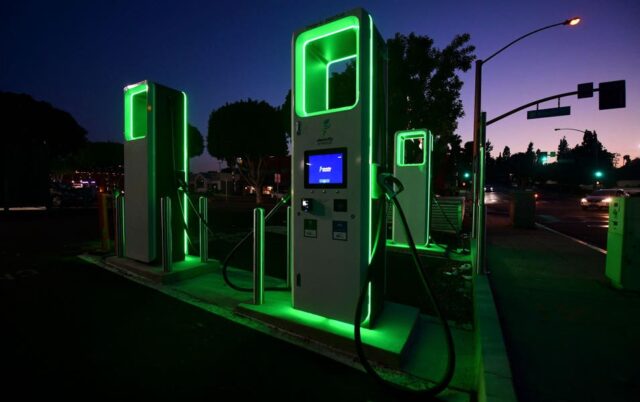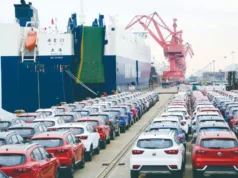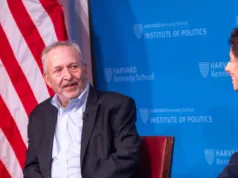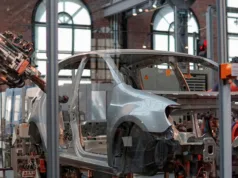
Joe Biden and Xi Jinping said a few weeks ago in San Francisco that they wanted dial back of the hostility between their two countries. So much for diplomacy. The White House has just announced plans to keep Chinese ownership and Chinese products out of its huge efforts to promote the use of electric vehicles (EVs) in America. Beijing has yet to respond fully. If, however, reports from manufacturers are accurate, the whole effort may prove to be moot.
At the end of November, the Departments of the Treasury and Energy aimed a barb at China. They unveiled new rules on what products can claim the generous subsidies on EV purchases written into the climate parts of last year’s Inflation Reduction Act. New rules deny credits to any car containing battery components or that are assembled in what the White House describes as a “foreign entity of concern” (FEOC).
Foreign entities of concern are China or Russia, Iran, or North Korea. If entities in any in these countries holds one-quarter of its board seats, voting rights, or equity, the product cannot claim the tax credits and other subsidies. Rules will tighten in 2025 to include cars that contain critical materials extracted, processed, or recycled by any of these countries. This provision clearly refers to rare earth elements. Given the non-existence of battery and EV production in Iran or North Korea or Russia, there can be little doubt that the rules aim at China exclusively. Beijing cannot miss this fact.
However much these rules aim to hurt China, they also impose a tall order on the American effort. After all, China at present commands 74 percent of the world’s cathode production and 92 percent of its anode production. China commands some 76 percent of the world’s lithium-ion battery cell production. Substituting for these now dominant sources, even for just North American sales, will require a huge domestic investment. As of today, the Alliance for Automotive Innovation (AAI), a lobbying group for all automotive companies, notes that only one-fifth of the 100 EV models for sale in the United States would qualify for the tax credits.
Even so, the White House, claiming that the 2022 legislation has already induced some $100 billion of private investment in EV production, brags that the effort is well underway. Though no independent verification of this figure is available, the new rules nonetheless raise questions of how much of any of this recent commitment will actually qualify for subsidies. Ford, for instance, is now unsure of the status of the licensing agreement it entered into with Chinese battery maker CATL for its new Michigan battery plant. The new rules do make allowances for certain ownership governance structures, but Ford has indicated that it cannot be sure. The uncertainty alone will slow Ford’s forward momentum and certainly any future commitments of time and money. Doubtless, it will do the same for others.
Meanwhile other news from the automotive industry sheds a different light on all this anxiety and positioning. Manufacturers and dealer retail outlets report that even given the generous tax incentives on EVs, the cars are not selling well. General Motors (GM) and Elon Musk as well as the Japanese giants, all contend in one way or another that the American public is a lot less interested in EVs than Washington is. Musk at Tesla’s recent earnings call noted the waning demand. Mercedes Benz has begun to discount EVs just to move them off the lot. Mercedes CEO Harald Wilhelm has described EV production and sales as a “pretty brutal space.” Ford has commented that its dealers are turning away from the company’s Mach-E allocations. Most telling, GM has entirely scrapped plans to co-develop a sub-$30,000 EV with Honda. The business is just “too difficult” said Honda CEO Toshihiro Mibe.
These new severe rules constitute Washington’s latest strike on Chinese economics just weeks after President’s Biden and Xi spoke of dialing back the hostility between the two economies. Beijing undoubtedly will respond with its own effort to disadvantage the American economy. This has been the pattern for the last four years at least – in a tit-for-tat manner, each strikes at the other in turn. The practice will no doubt persist into the future, but if the auto manufacturers and dealers are correct, it might mean little for EVs.









